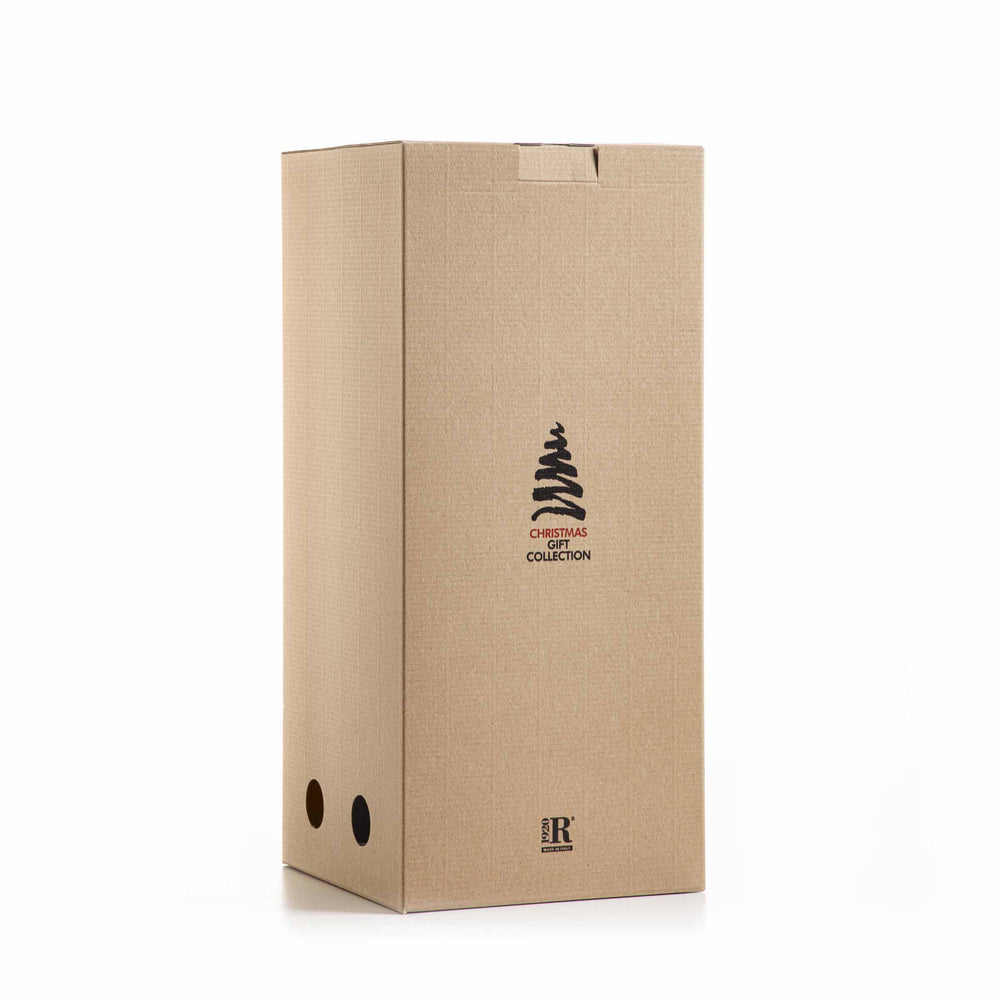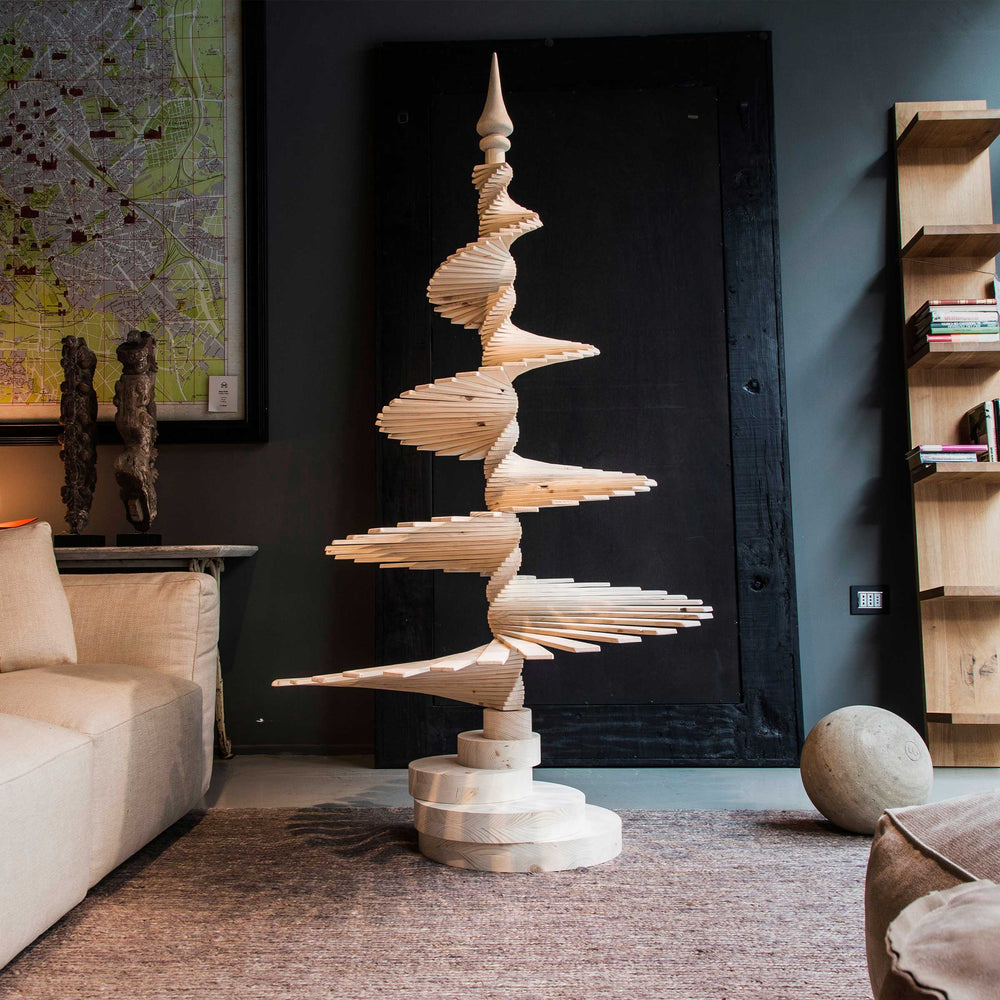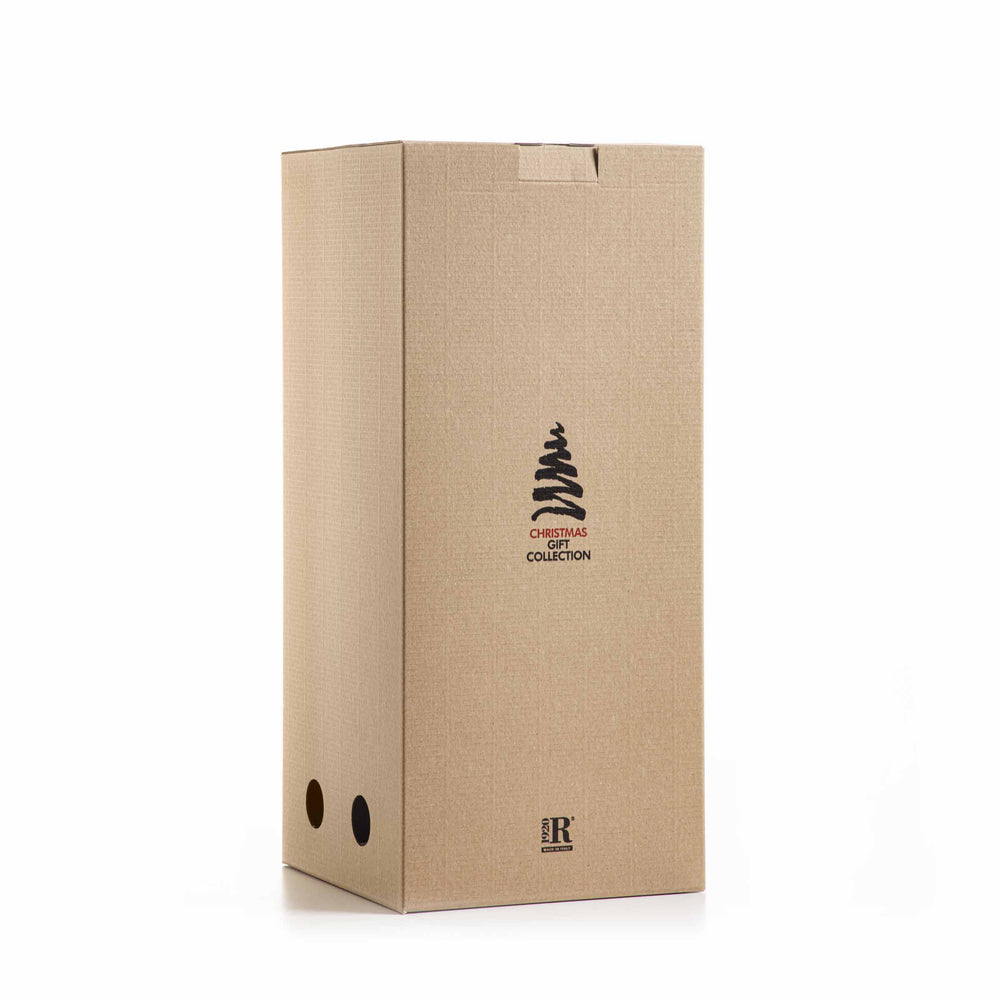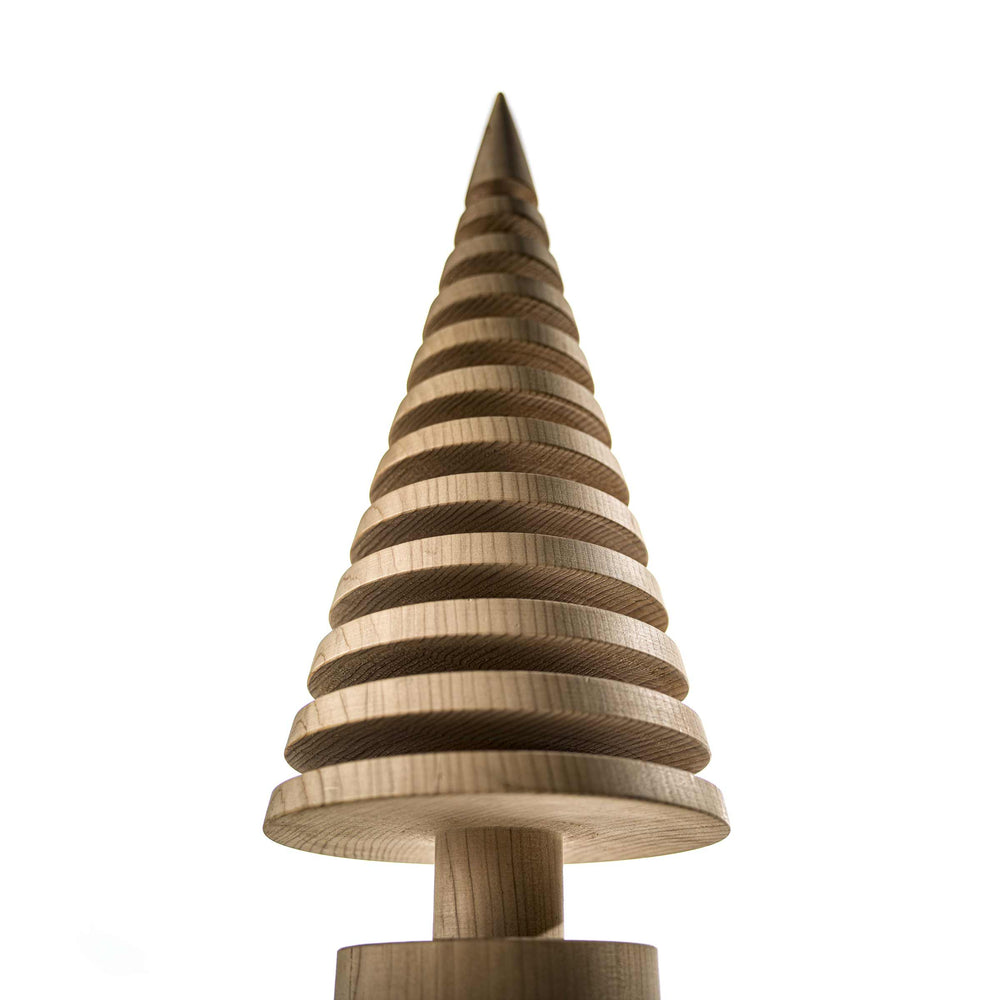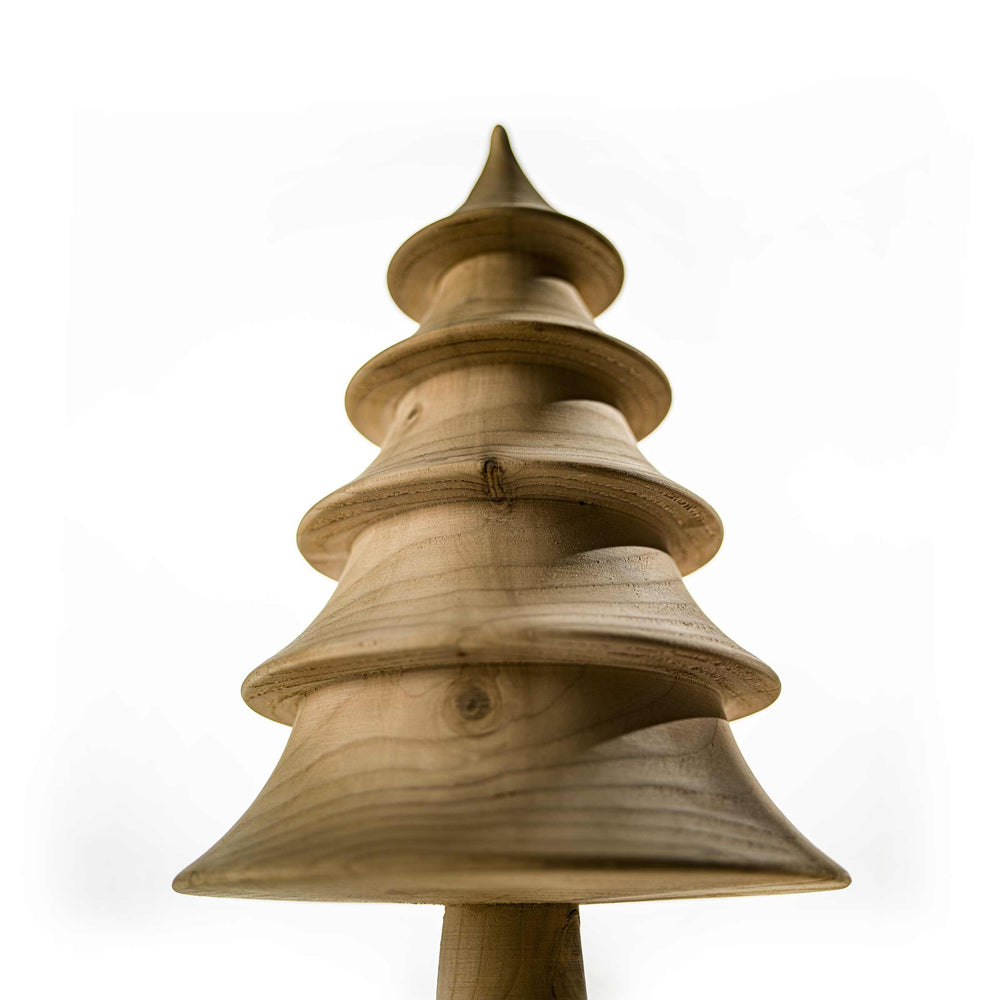Wood and Cardboard Sustainable Christmas Trees
View allThe Language of Things, a book by Deyan Sudjic
by Cristina Morozzi

"The Language of Things" is a book written by Deyan Sudjic, director of the Design Museum in London and former editor of Domus magazine. Read Cristina Morozzi's review.
Starting from the consideration that today’s world is flooded with objects, Deyan Sudjic sets out to investigate the language of things to reflect on the role of design and to decipher our world. He begins with the computer, the object he most often uses. Then he talks about the Nikon camera, the object which we entrust our memories to. The Lucky Strike cigarette pack is cited as the greatest creation by American designer Raymond Levy, and the Thompson TV is the pretext to talk about French designer Philippe Starck, who also stands out for his skills with words, imbuing each project with charming and ironic narratives.

Sudjic also mentions German designer Dieter Rams’ calculator, considering it the starting point for the image of Apple products designed by Johnathan Ive, as well as a steel spoon by Ernesto Nathan Rogers, famous for his definition of design as ranging from “spoons to the city”. The Citroen 2CV also has a spot in the book as a robust car designed by Pierre Boulanger. Then there’s the portable typewriter, designed by Ettore Sottsass and Perry King for Olivetti, as well as the Tizio lamp by Artemide, and the Walther PPK pistol. The dollar, the pound, the Swiss franc and the 500 eur note are also discussed, as well as a laminated piece of Memphis furniture designed by Ettore Sottsass, who searched for the emotional component in furnishings.
Sudjic cites Miuccia Prada, pointing out her desire to blend culture and commerce, referencing artistic photographers including Andreas Gurksy, and the classic carabinieri uniform designed by Giorgio Armani. The iconic can of Campbell’s tomato soup naturally has a place in the book, as does the theme of limited editions, with Sudjic publishing Marc Newson’s Lockheed lounge chair and Ron Arad’s 1986 metal Well Tempered Chair. The author also dedicates two color pages to Gerrit Rietveld’s famous Red and Blue chair.




